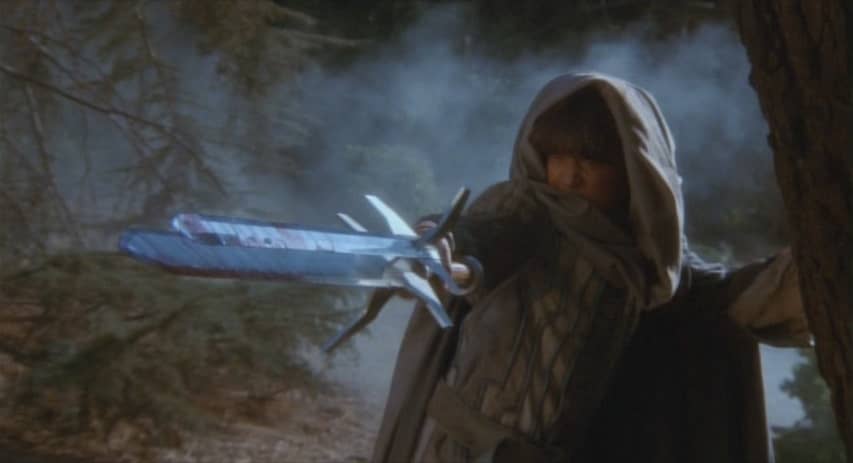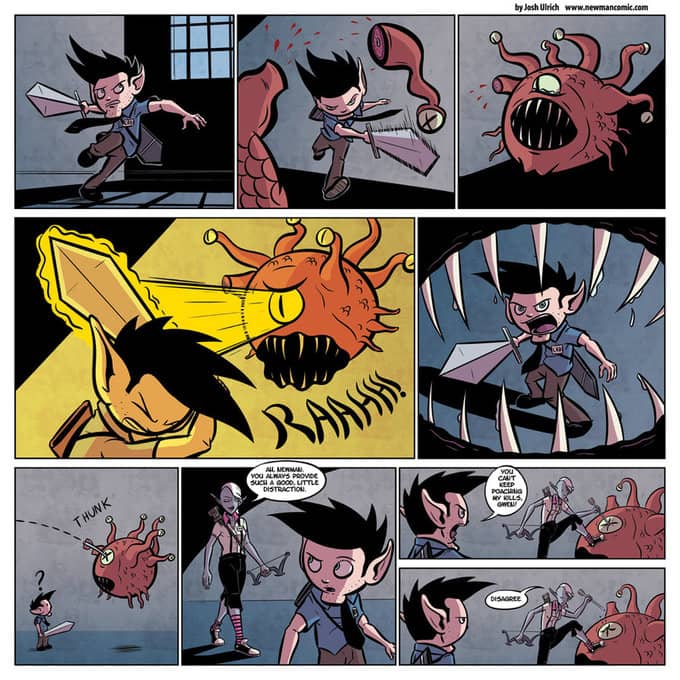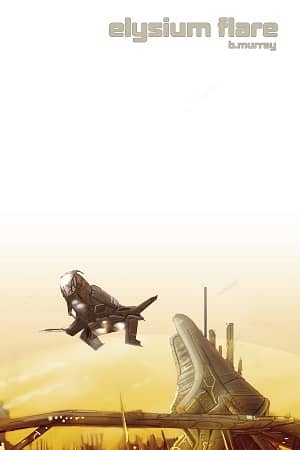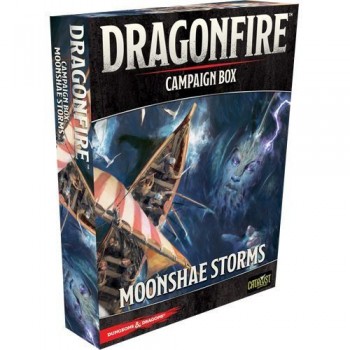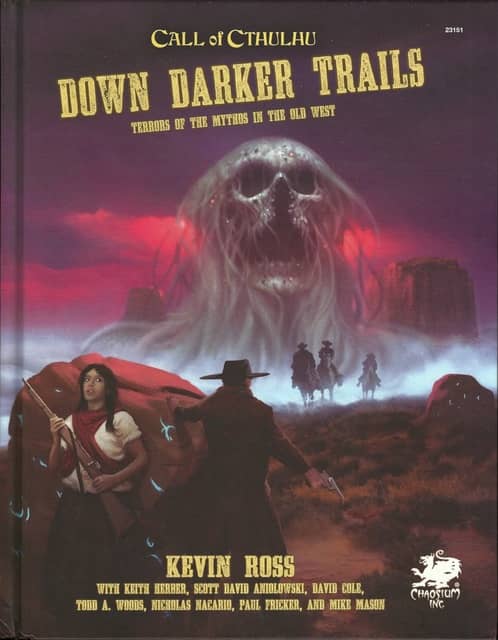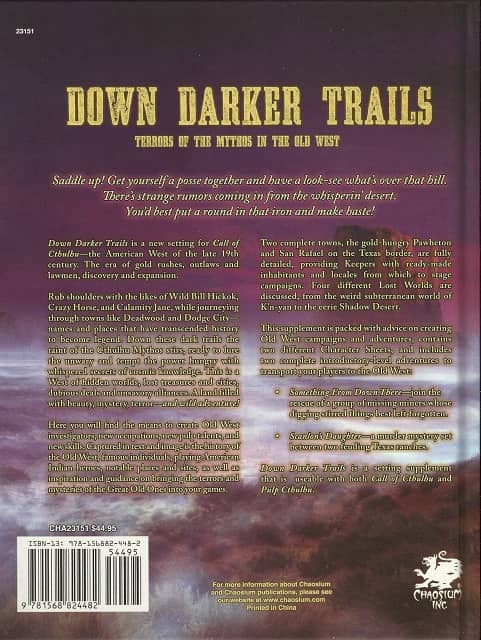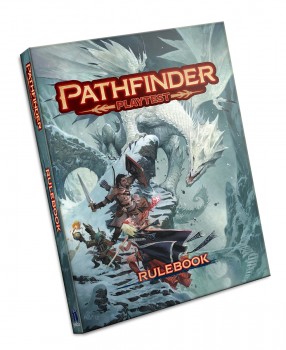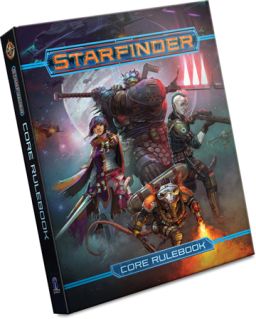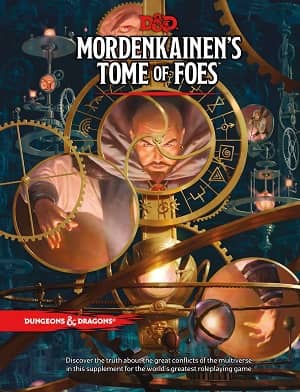Conjure Puberty: The Sword and The Sorcerer (1982)
The Sword and The Sorcerer (1982)
Dir. Albert Pyun
Starring: Lee Horsely, Kathleen Beller, Simon McCorkindale, et al.
In case it needs to be said — spoilers.
Okay. Let’s go…
The Sword and the Sorcerer is the cinematic equivalent of the first homebrew table-top gaming campaign run by a 13 year old.
I know this because I turned 13 in 1982. I also know this because I likely ran my first homebrew table-top game that year. The step from 12 to 13 seems like nothing to an adult; we forget the power these thresholds hold for children. At 12 you are a child. At 13 you are a teenager. There is, I believe, a biblical injunction that calls for us to put away childish things as we leave childhood — but that never really worked for me.
When he was interviewed before his tragic death, the late, great herpetologist/artist/song stylist/adventurer and man of mystery Dean Ripa was asked to explain happiness. I’m paraphrasing, but his answer was something like “Everything I loved doing at 10 years old, I just kept doing.”
I can get behind that thought. What I loved as child I have kept. What you love is an act of self-creation. What you love reveals part of who you are — at least I believe that. Among the things that I loved enough to bring forward were books. Specifically, fantasy books — and more specifically — sword and sorcery books. Another thing I brought forward was a love of table-top gaming. Both of these things were so central to my childhood that I have carried them with me for the four decades since in one way or another. So as you might imagine, in 1982 I was completely stoked for the release of one movie over all others.
That movie was not The Sword and the Sorcerer.
